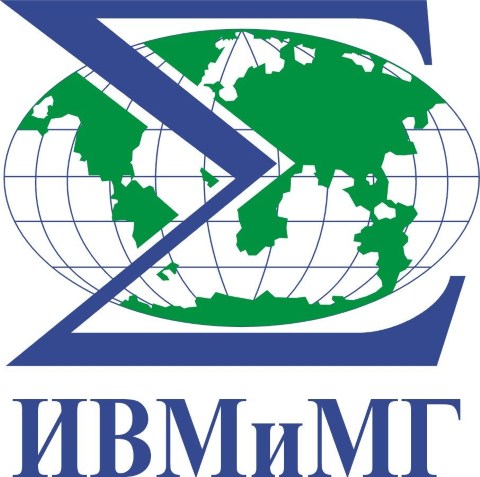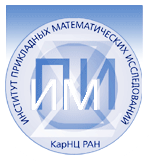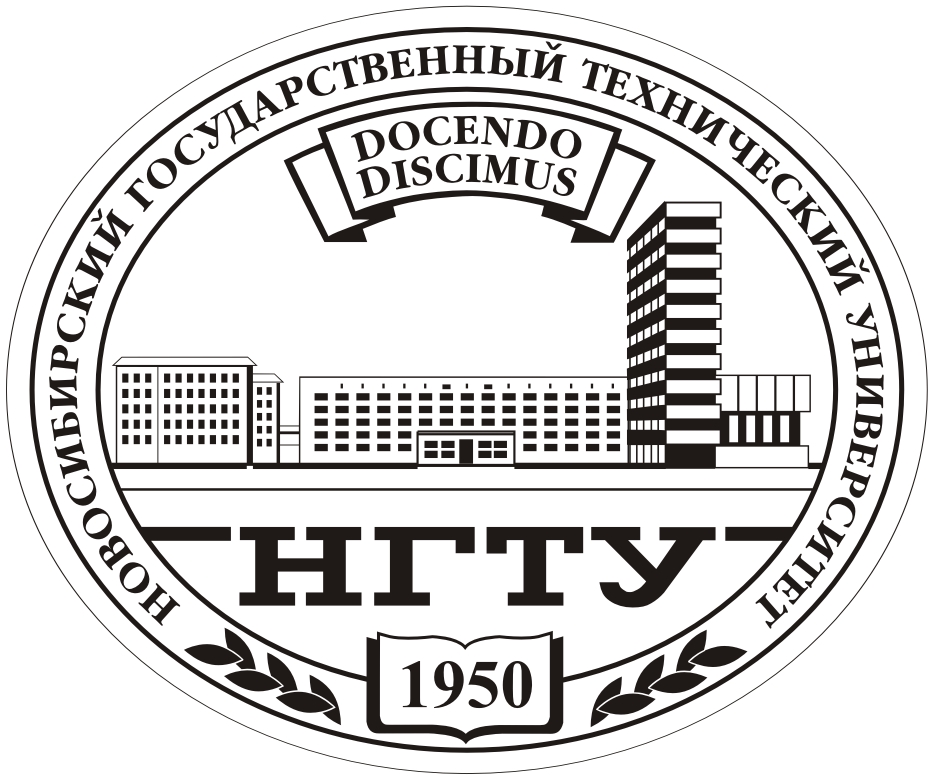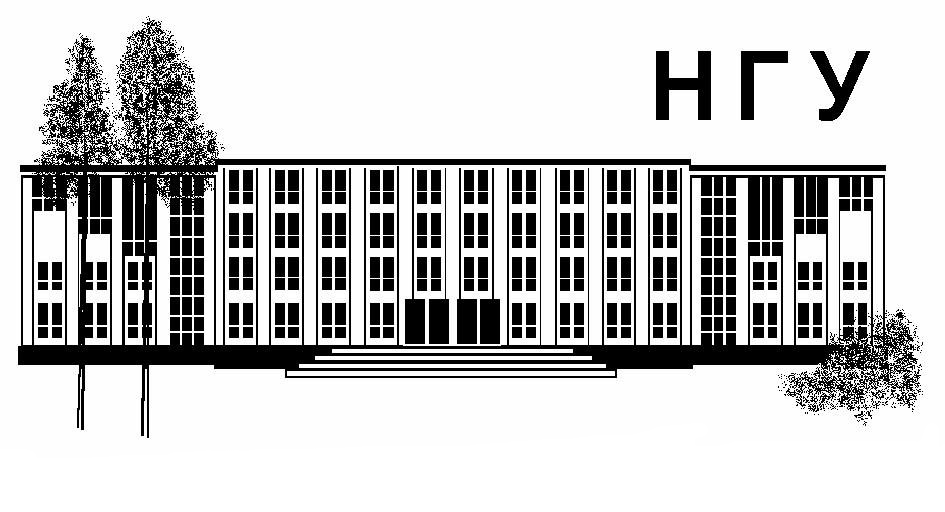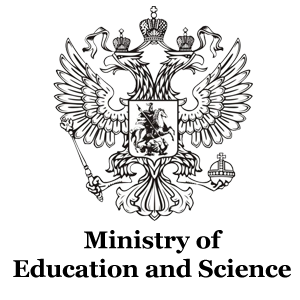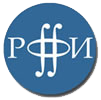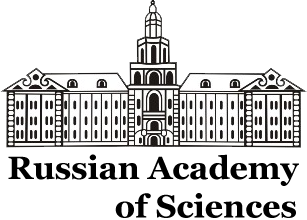Venue: Petrozavodsk
The City of Petrozavodsk
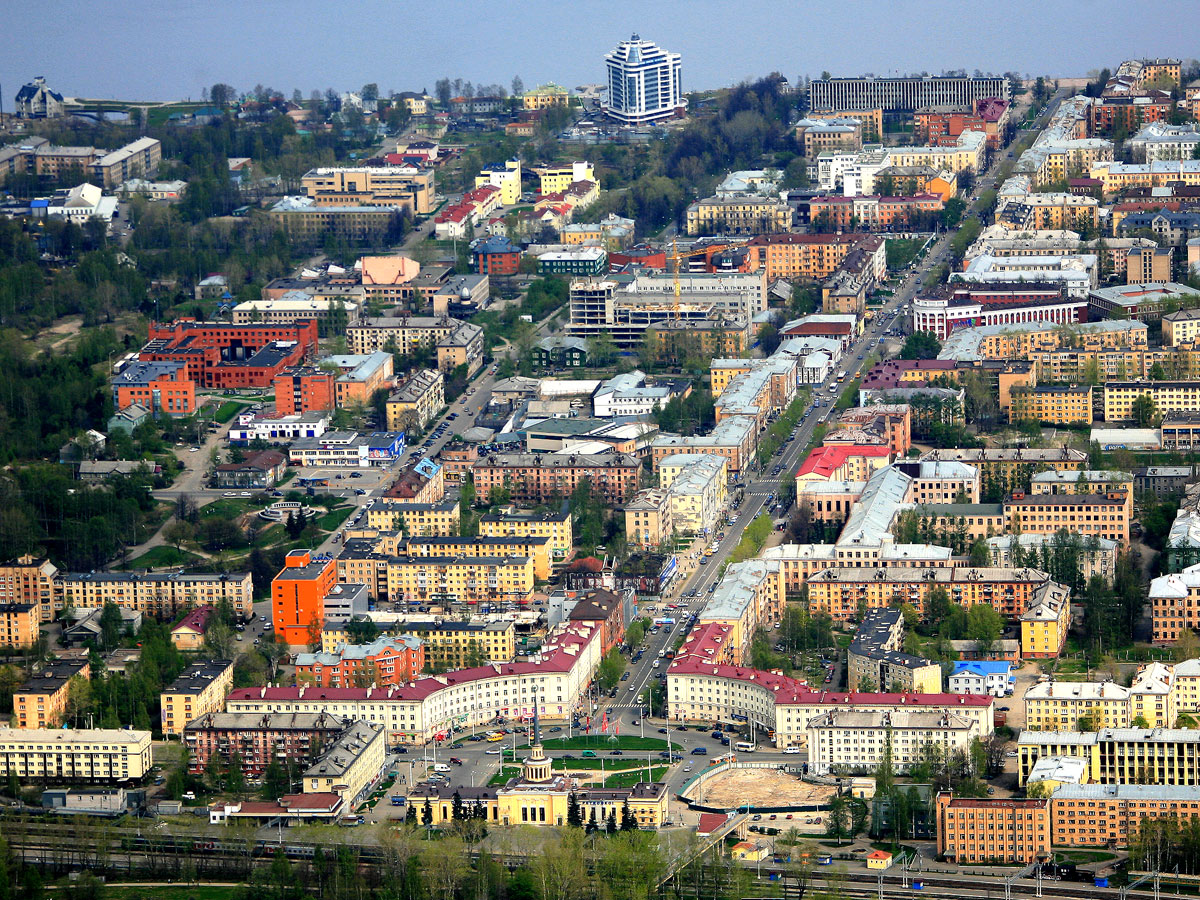
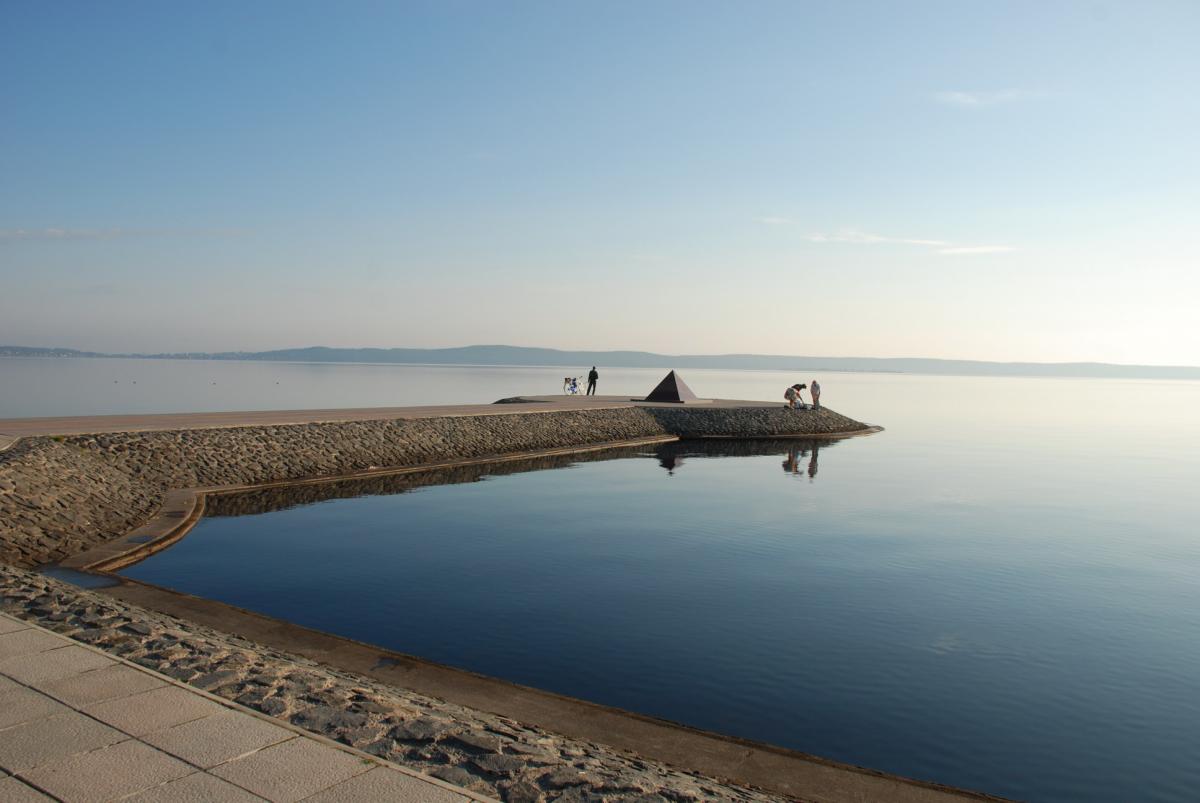
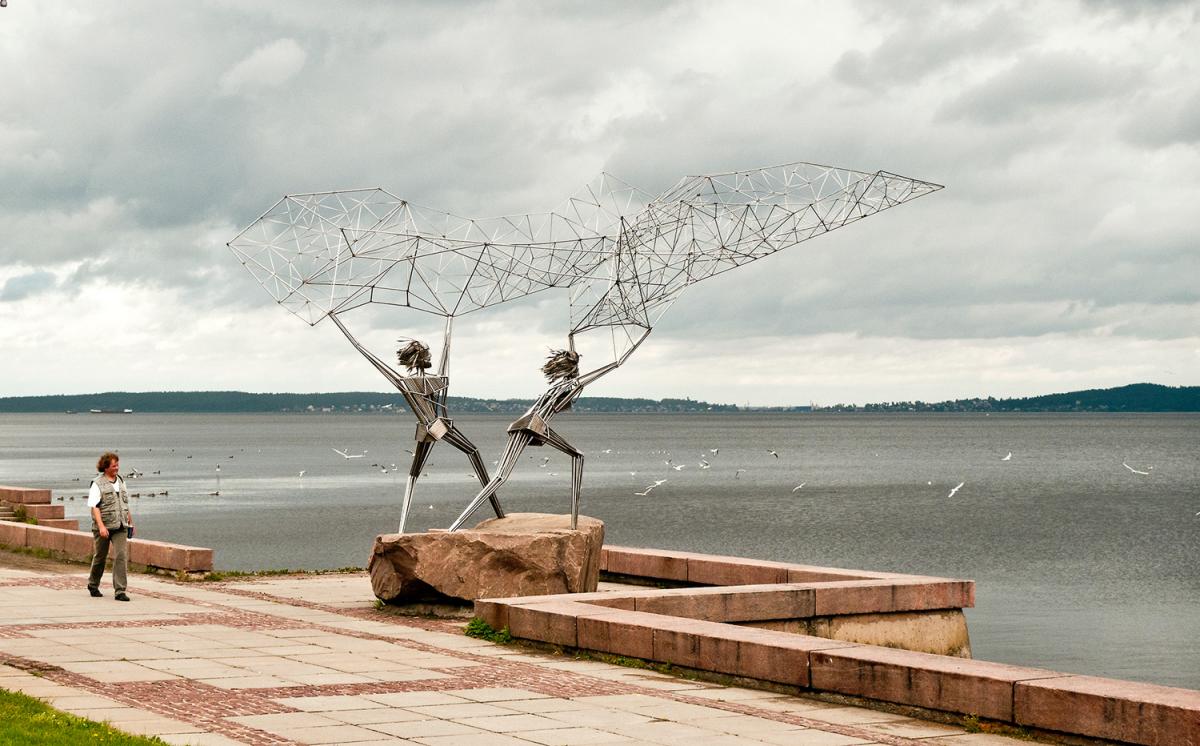
See Google Map marked with conference-related places (to be updated).
The capital of the Republic of Karelia, the City of Petrozavodsk, has the status of “historical” city of Karelia. Petrozavodsk emerged due to Emperor Peter the Great and impetuous historic events of early XVIII century, i. e. Russia’s struggle for the access to the Baltic Sea, switching the life of the whole country to “western traditions”, and boisterous development of industries in an agricultural state.
In 1703, same year as Russia got a new capital, Peter’s Works were founded on deserted banks of the Lososinka River. By the behest of Catherine II, in 1777 the settlement of Peter’s plant got the status of a town, and in 1781 it became capital of Olonets province (from 1784 — Olonets County). The first Governor of the area was Gavrila Derzhavin, a poet and a grandee. The first years of Petrozavodsk are still represented by the buildings of the historical center of the city, i. e. architectural ensembles of the Round (Lenina) and Sobornaya (Kirova) Squares. XIX left its traces on the buildings of Alexander plant, cathedrals of Alexander Nevskii and Krestovozdvizhensk as well as on traditional wooden buildings.
Today, Petrozavodsk covers 113 square kilometers and it is home to over a third of the population of the republic (266,4 thousand people as of 2005). The city yields almost half of the national income of Karelia by its machine building, power generation, woodworking, transport, food, and light industries. There are 2 universities in the city, 1 concert hall, 16 vocational schools, 49 schools, lyceums and gymnasiums (including one national gymnasium). The city also holds Karelian Research Center, 5 theatres, a philharmonic hall, National Library, archive, museums and art galleries.
The streets of the city are decorated with monuments to Peter I, Alexander Pushkin, Gavrila Derzhavin, and modern sculptures made by Karelian sculptors or presented by sister cities. Petrozavodsk is one of the greenest cities of Russia. Petrozavodsk stretches 25 km along the shores of Lake Onego. The center of the city is limited by Onezhskaya embankment and a railroad in the north and south, and by the Neglinka and the Lososinka rivers in the east and west.
Local Organizing Partners
Karelian Research Centre of RAS, founded in 1946, is currently one of the leading scientific centres in the North-West Russia. It includes seven institutes (Biology; Northern Water Problems; Geology; Forest Research; Economics; Linguistics, History and Literature; Applied Mathematical Research) with a total of 760 coworkers, including 365 scientific researchers. Around 60 Ph.D. students held their researches in KarSC. More than 300 thematic researches are conducted a year, partly supported by around 80 grants of RFBR, RFH and other funding organizations.
Institute of Applied Mathematical Research was founded in 1999. 35 scientific researchers work on the following research trends: study of the problems of discrete mathematics, mathematical programming, probability theory, mathematical and applied statistics; study and development of methods of mathematical and informational modeling to solve ecological, energy and other problems of the natural and social-cultural environment of the Republic of Karelia; study and development of information and telecommunications systems to provide for conducting basic research.
On the base of IAMR there was recently organized a High-Performance Computing Center. Its aim is to provide support to users of High-Performance Cluster (with a total power of 0.8 TFlops), and conduct researches in the field of High-Performance Computing.
Petrozavodsk State University (PetrSU) was founded in 1940 as the Karelian-Finnish University and was renamed in 1956. Among its graduates there are academicians, ministers and world-famous specialists in culture and science, heads of enterprises and workers of various branches of industry of the Northwest and Northern economical regions of Russia. The university now comprises 85 chairs and 17 faculties. Nowadays teaching staff of PetrSU is more than 1000 people (over 500 PhD holders, 130 doctors of science and professors, 4 associates of the State Academies of the Russian Federation), more than 18500 undergraduate and graduate students study there, every year more than 4000 students take training, re-training and professional development.
The university has joined the best twenty classical universities of the general Russian Universities' rating of 2009 and has won the first place on the Internationalization criterion and the 6th place in the Brand nomination.
PetrSU is a recognized leader among the institutes of higher education of the Northwest Federal District of the RF in the sphere of international cooperation development. The university has 35 international agreements in force with foreign institutes of higher education, research organizations and research-and-production companies of Finland, Canada, the USA, the Great Britain, Italy. The most active are exchange programs with universities of Helsinki, Oulu, Joensuu, Tampere, Kuopio, Lappeenranta, Evle on which annually students of both parties undergo training and work on probation.
Hotels level and prices
- 4-stars hotel "Onego Palace" — new, contemporary and modern hotel complex in Petrozavodsk, situated on the picturesque shore of Onego lake. «Onego Palace» is not only the tallest building in the historical and cultural centre of Karelia’s capital, but also the biggest, most prestigious and contemporary hotel in the city. Prices start from 100 Euro (132 USD), see the site.
- SPA Hotel "Karelia" is situated in the historic center of Petrozavodsk in the ecologically clean park area on the shore of Lake Onego in the mouth of the River Lososinka. It is a modern ten-storeyed building with a perfect panoramic view of the city and Lake Onego. Today the SPA Hotel «Karelia» offers you a big range of service not only for comfortable living, arranging conferences and seminars and high quality tourist service, but having a course of health-improving SPA treatment in one of the most picturesque regions of Russia - Karelia. Prices start from 100 Euro (132 USD), see the site.
- 3-stars Hotel "Masks" was built in 1999 according to the project of St. Petrsburg architect Voznesenskiy. Original circle-shaped building perfectly blends into the natural landscape.The Hotel offers highest standard of accommodation combining famous traditions of Russian hospitality and European quality service.
- There are many other hotels of the proper level with prices starting from 1000 roubles. Prices start from 70 Euro (93 USD), see the site.
Places of interest
- The city has a fine frontage on the Gulf of Petrozavodsk. The modern embankment, inaugurated in 1994, displays an assortment of Karelian granites and marbles. It is lined with extravagant postmodernist sculptures presented by sister cities of Petrozavodsk from around the world.
- The treasury of cultural heritage of native peoples living in this wonderful Republic (Russians, Karelians, Vepses and Finns) is inexhaustible. Northern Land soul is in the sounds of strings of kantele, which is a symbol of Karelian art. The Karelian National Song and Dance Ensemble "Kantele", which was founded in 1936, was named after this ancient folk instrument. The first ensemble director was a poet, composer and folklorist Victor Gudkov. Today «Kantele» is a professional collective with the rich history and traditions.
- The Kizhi museum is one of the largest open-air museums in Russia. This is an unique historical, cultural and natural complex enlisted on the Code of the Most Significant Cultural Heritage Sites of the Peoples of the Russian Federation. The basis of the museum collection is the architectural ensemble of the Kizhi Pogost included in the World Heritage List of UNESCO. (Photo album)
- Kivach is the second large in Europe, 10.7-m-high cascade waterfall. It is situated on the Suna River in the Kondopoga District, 60 kilometers from Petrozavodsk, and gives its name to the Kivach Natural Reserve, founded in 1931. The territory also includes the Nature Museum, the Arboretum (live collection of trees and shrubs) and a monument to the soldiers killed in the Reserve during World War II. (Photo album)
- Marcial Waters, the place that had initiated health resort business in our country, is located 50 kilometers from Petrozavodsk, beside the transparent waters of Lake Gabozero. There in 1714 a worker of Konchezero blast-furnace factory discovered a wonderful spring that cured his heart pain. Having learned about surprising properties of this spring, in 1719 Peter the First established the Marcial Waters spa resort. (Photo album)
- The picturesque deep quarries and adits filled with limpid water attract to Ruskeala tourists from around the world. In 1766 a marble deposit was discovered near the Village of Ruskeala. In the following years a marble quarry was opened to offer four brands of marble: ash-grey, grey-green, white with grey streaks and white-grey-blue. The marble has been used to decorate many significant buildings in St. Petersburg and its suburbs since 17th century. (Photo album)

